"I heard that Vaseline is good for cat constipation. Can I put Vaseline on my cat bum?" The answer to that question lies in this article.

As with their human caretakers, cats run into digestive difficulties from time to time and constipation is not exactly uncommon. Pets that are suffering from constipation have a hard time defecating which cause a lot of issues for the owners. While a trip to the vet is enough to deal with the trouble, what should people do if they are unable to spare the time? Well, in a pinch, some petroleum jelly could work but a lot of pet owner still wonder: "Can I put Vaseline on my cat bum?". If you have the same question then you must take a look at this article.
Down below, you would be showed highly relevant details regarding Vaseline and its usage as a constipation treatment for cats. After you get a firm grasp on the fundamentals then answering the question of "Can I put Vaseline on my cat bum?" should be simple. Generally speaking, Vaseline is purified many times so it's free of impurities and there are no side common effects. But is it possible for pet owners to treat constipation in cats using Vaseline alone? Check out the following information and then see for yourself.
Vaseline: What Is It Exactly

Before we discuss the issue of "Can I put Vaseline on my cat bum?", it's a good idea to talk about Vaseline a bit. The jelly possesses several unique traits that allow it to match multiple purpose and applications.
Once you know the nature of Vaseline, it's much easier to understand how this petroleum jelly works on cats.
As you already know, Vaseline is a petroleum-based product that sees extensive uses in skin and also lips protection. Although it's derived from petroleum, Vaseline is quite safe for humans and animals as the manufacturer put the jelly through a triple purification process. Therefore, it's highly unlikely that Vaseline would cause clogging, aching, irritation and so on. Because Vaseline is suitable for people with sensitivity issues, the jelly works well on cats.
Being an occlusive moisturizer, the primary function of Vaseline is to keep the surface right under it from drying out. If needed, you could use the jelly to provide quick relief to the cracked, scratched pawns of your fluffy friend. It goes without saying that you must clean and disinfect the pawns before applying Vaseline to avoid trapping the bacteria. Your cat is having a tough time with some hairballs? Give it Vaseline and the hairballs would exit the pet body within 48 hours or so.
Vaseline is available in a variety of forms, you could get it pharmacies and supermarkets. In the average condition, the long shelf life means Vaseline is able to last for a long time without degrading. Normally, the jelly could easily sit around for up to 10 years and still remain usable. Moreover, Vaseline, in essence, lacks pharmacologic properties and so it never gets too dangerous to use as time passes by. Of course, Vaseline products have an "expiration" date on their label and it's best to keep that in mind.
Using Vaseline To Treat Cat Constipation: The Way It Works
So if you ask "Can I put Vaseline on my cat bum?" then the answer is "Absolutely" but what is it good for cat constipation? Well, we all know that the Jelly is good at keeping everything moist and slippery. Therefore, if the rear end of the cat is covered In Vaseline, your pet is going to have no trouble getting rid of dry stools. Additionally, the jelly could reduce the number of matted furs on the cat booty in most of the case but as always, use it sparingly. Use high-quality towels in order to wipe clean excess jelly without leaving behind lint.
Besides putting Vaseline on your pet booty, there is another way to use the jelly to treat constipation in cats: mix it with the food. Here is a short explanation about what is going to happen: As the molecules of jelly are too large to be absorbed into bloodstreams, they pass through the digestive system. During the process, Vaseline shall cover the stools it passes by in a moist coating and keeps them somewhat soft. Because of that, the cat stools remain more or less slippery as they travel through the intestine which facilitates defecating. With a wee bit of luck, it would be more than enough to put an end to the cat constipation.
Important Note: It's worth noting Vaseline is mostly good for short-duration, mild constipation. The petroleum jelly itself is far from ideal when it comes to long-term treatment. That is why it's of utmost importance to take your pet to the vets, especially if constipation persists for more than a week. In the end, only well-trained, qualified professionals know how to diagnosis and offer proper solutions regarding constipation in cats. And here is a quick reminder: Humans are different cats so don't consume Vaseline to treat your digestive issues.
Check us out for further detailed cat's health guide!
A Couple Of Alternatives of Vaseline In Treating Cats Constipation

Don't like the idea of using Vaseline in order to treat constipation in cats? Then check out the followings.
-
Pumpkin
For most of the time, pumpkin work wonders when it comes to constipation whether it's dried or fresh. The fiber-rich nature of the pumpkin allows it to offer substantial boosts to the digestive system of troubled cats.
-
Water
Hydrated cats rarely run into stomach difficulties. If your cat mostly eats dry foods, give it more water and see how things turn out. In the case your pet seems to like moving waters, invest in a water fountain. -
Psyllium
Generally speaking, Psyllium is the husk of Plantago seeds which see uses as natural treatment for digestion/intestinal troubles. Around ¼ to ½ teaspoon of Psyllium a day is quite sufficient to keep the stomach of your cat in good condition.
-
Olive Oil
-
Fish
Mackerel and sardines could be used to treat cat constipation assuming that the owners give these fishes to their pet in a moderate quantity.
Looking for more interesting cat tips and facts? Visit Cattybox!
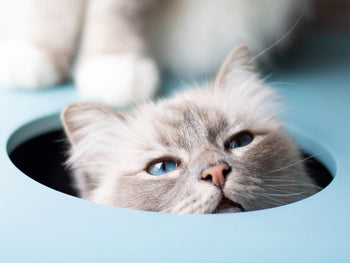
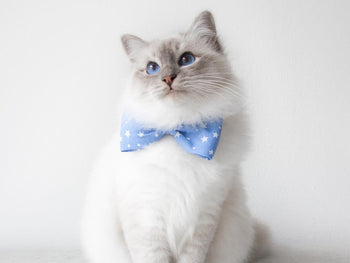
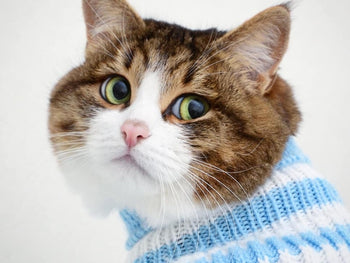
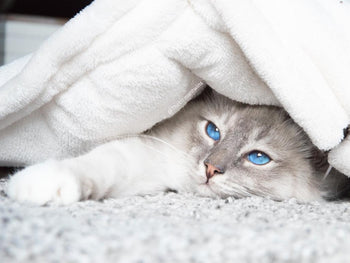


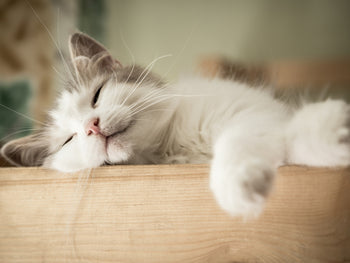

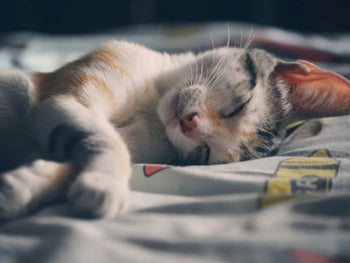
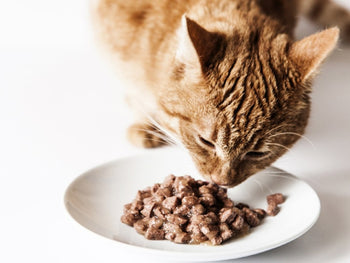
My 5.5 month old cat has been showing different signs and im not positive of the issue. He scoots his bum on the floor, hes constantly licking his bum, he hasnt eaten in about 24 hours and he is having a little but of watery stools. Just as a heads up, what could his problem be.